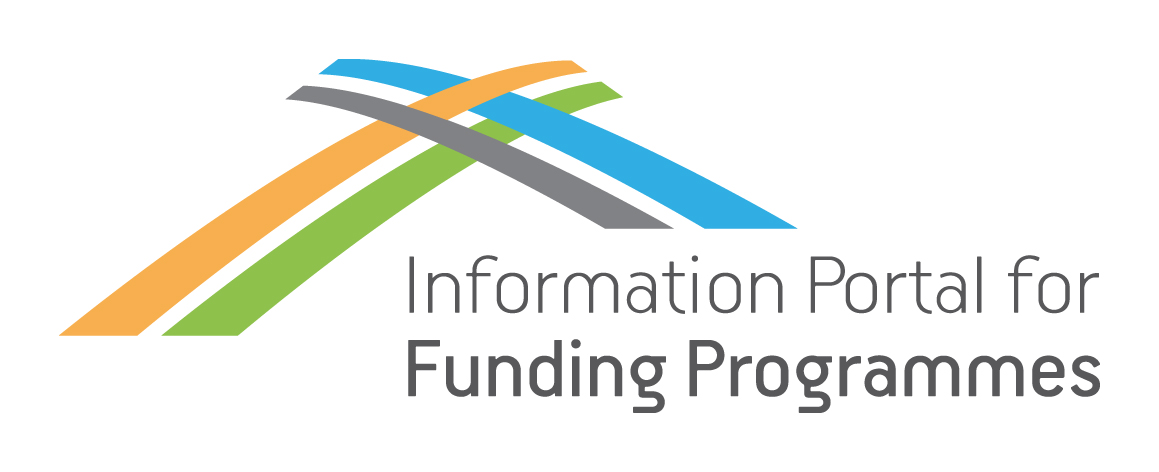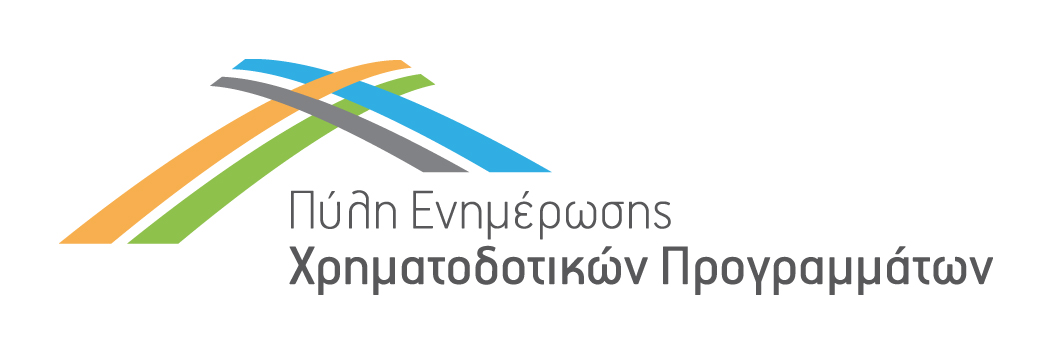Programme Category
Programme Name
Programme Description
The European Defence Fund (EDF) is the Commission’s initiative to support collaborative defence research and development, and to foster an innovative and competitive defence industrial base.
Identifier Code
Call
Summary
Large Scale Combat Operations (LSCO) between peer adversaries can result in mass casualty scenarios where the need for casualty care and evacuation dramatically outstrips available medical resources. Unmanned air, ground and sea vehicles could significantly improve evacuation capacity and enable rapid automated or fully autonomous battlefield triage, also under Chemical, Biological, Radiological and Nuclear (CBRN) conditions and in high intensity fighting areas, resulting in faster and more efficient care, increasing life and limb saving opportunities in the early stages of the evacuation chain. This call topic addresses the urgent need to develop and validate innovative Robotic and Autonomous System (RAS), i.e., autonomous and robotic-assisted capabilities that address the specific challenges of military battlefield triage and evacuation in mass casualty scenarios, including CBRN contamination and ongoing high intensity fighting spots with limited or no access of first responders.
Detailed Call Description
The development of unmanned military platforms for surveillance, reconnaissance and kinetic attack missions is progressing rapidly. Unmanned systems have the potential to substantially increase the RAS CASEVAC evacuation capacity in mass-casualty scenarios, including CBRN contamination and ongoing high intensity fighting areas with limited or no access of first responders, and to expedite the triage, diagnostic and initial treatment process from the point of injury. The concept of autonomous triage in LSCO should be based on life threatening indicators as a minimum (i.e., covered in the START algorithm). However, the realisation of such capabilities requires development of dedicated solutions that provide innovative damage site inventory of casualties, extraction, and unmanned systems (various platforms) with the ability to monitor and assess the health status of injured soldiers and adapt their behaviour accordingly. RAS CASEVAC platforms need to be able to continuously adapt their route and speed to all environment and weather conditions, unexpected events, threat level and the condition of on-board patients, while providing physical protection.
This call topic targets two technologies that have the potential to save lives in LSCO mass-casualty scenarios, namely:
- RAS within the CASEVAC system including autonomous battlefield triage, and
- autonomous CASEVAC system improving the overall logistics chain to/from the battlefield. The required novel functionalities include safe transportation of casualties to a suitable medical treatment facility following the golden hour timeline whilst providing a basic level of physical protection (towards shrapnel, small-arms fire and all-weather conditions) and patient monitoring.
Proposals must address the development of a RAS CASEVAC multi-role approach.
Time is of the essence in LSCO missions so the proposals must explore easy reconfigurations concepts and compatibility between different payloads – medical and non-medical – through an Interoperable Modular and Scalable Architecture (IMOSA) approach. This allows quick interchangeability of components and interoperability between different missions for the autonomous platform, including a “plug-and-play” capability for (wearable) monitoring sensors and (wearable) patient care sensors, combined with remote patient assistance.
Proposals must address RAS within the CASEVAC system including autonomous battlefield triage. Particular attention should be paid to trusted autonomy for effective networked and autonomous and automatic CASEVAC missions, including a swarmbased manned-unmanned teaming (MUM-T) in demanding denied/contested environments.
The possibility of standardised interfaces should be explored to allow the integration of a variety of patient monitoring and CBRN-sensors to be used in different configurations depending on the CASEVAC mission, and to facilitate the use in defence, civil and dual-use configurations for efficiency in the logistics chain (evacuation chain). In addition, proposals may also address the potential synergy for use by law enforcement and other governmental use.
Proposals must:
- Evaluate integration of sensors of the wounded soldier status during CASEVAC. This includes “plug-and-play” C2 to/from the chosen CASEVAC platform and integrate monitoring of patients during CASEVAC.
- Include a comprehensive model of the physiological evaluation of the casualties, which may be fed asynchronously with information acquired from the casualties health status and from the surrounding environment. Information needed to forecast the route and adapt the autonomous system behaviour in line with the degree of injuries.
- Evaluate integration of miniaturised sensors for CBRN detection and identification and monitoring (DIM).
- Define the specific autonomous platforms to be used to provide RAS CASEVAC and START capabilities.
Proposals should also:
- Reflect on different concepts of autonomous triage from an ethical perspective, but also regarding the perspective of responsibility. The concept of autonomous triage in LSCO should be based, as a minimum, on life threatening indicators covered in the START algorithm.
- Address explainability of the forecasting and of the assessments obtained through automated procedures.
- Foresee detailed alternative approaches to the assessment of casualty status, especially in view of the lack of large databases on which Artificial Intelligence (AI)-systems can be trained.
- Increase the casualty evacuation capacity and the triage process expedition at the point of injury.
- Adapt to prevalent weather and environment conditions, threat levels, and the condition of on-board patients for autonomous casualty evacuation platforms, in addition to react to unexpected events that might happen in the local environment during navigation.
- Define methods to achieve physical protection for patients and systems during evacuation.
- Define methods to achieve platforms’ survivability.
- Address platforms’ reusability (e.g., CBRN DIM and decontamination).
- Examine the potential of fully autonomous battlefield triage, based on innovative AI-based algorithms.
- Remain operational in all weather conditions, including sub-zero temperature and snow-covered conditions.
In addition, proposals may address:
- Real-time multimodal fusion of field-collected information to provide a comprehensive and accurate situational overview.
- Integration and suitable graphical tools for cooperation among different specialists, services and C2 systems, considering federated mission networking as standard for interoperability.
- Existing platforms (UxV8) for surveillance, reconnaissance, and missions, as they relate to increasing evacuation capacity and expediting triage processes.
- Capability of autonomous triage and evacuation platforms’ self-defence (e.g., navigation in mined areas, C-UAS and MANPADS9 missiles self-defence).
Call Total Budget
Financing percentage by EU or other bodies / Level of Subsidy or Loan
100%
Thematic Categories
- Justice - Security
- Other Services
- Other Thematic Category
- Public Administration
- Research, Technological Development and Innovation
Eligibility for Participation
- Legal Entities
- Other Beneficiaries
- Private Bodies
- State-owned Enterprises
Eligibility For Participation Notes
In order to be eligible, all applicants (beneficiaries and affiliated entities) must cumulatively:
- be legal entities (public or private bodies)
- be established in one of the eligible countries, i.e.:
- EU Member States (including overseas countries and territories (OCTs)
- non-EU countries:
- listed EEA countries (‘EDF associated countries’; list of participating countries)
- have their executive management structure established in eligible countries
- not be subject to control by a non-associated third country or non-associated third-country entity (unless they can provide guarantees – see Annex 2 – approved by the Member State or EDF associated country where they are established).
Consortium composition – For all topics under this call, proposals must be submitted by: minimum 3 independent applicants (beneficiaries; not affiliated entities) from 3 different eligible countries.
Call Opening Date
Call Closing Date
National Contact Point(s)
Ministry of Defense
Address: 172-174 Strovolos Avenue, 2048 Strovolos, Nicosia
Telephone: 22 807500
Email: defence@mod.gov.cy
Website: https://mod.gov.cy/
Department of Research and Innovation
Telephones: 22 807755, 22 807754
Email: research.innovation@mod.gov.cy
EU Contact Point
For help related to this call, please contact: DEFIS-EDF-PROPOSALS@ec.europa.eu




